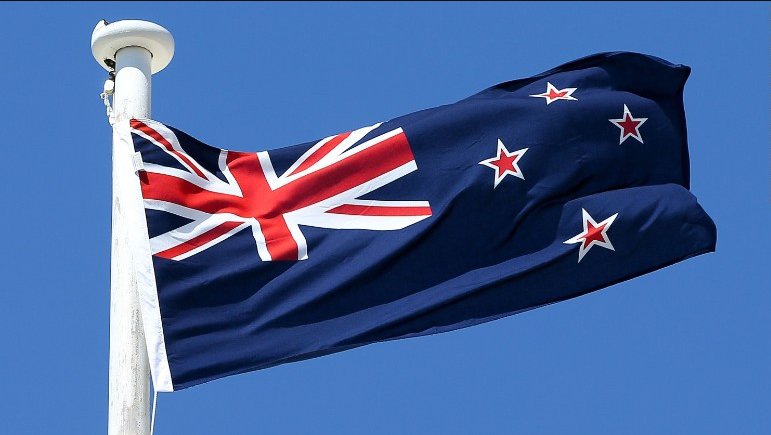New Zealand is set to phase out paper-based applications for international student visas as part of a sweeping shift to a fully digital immigration system. Beginning September 18, all applications for six categories of student visas must be submitted online through Immigration New Zealand’s (INZ) upgraded platform, ADEPT.
The move marks a key milestone in the government’s Our Future Services initiative, a seven-year modernization program led by the Ministry of Business, Innovation and Employment (MBIE) to centralize all visa categories on a single digital system.
From today, August 18, applicants for English Language, Exchange, Fee-Paying, Pathway, New Zealand Government Scholarship, and Foreign Government Supported student visas will be automatically directed to ADEPT. Applications already lodged on the old platform before August 17 will continue to be processed, while draft applications must be submitted by September 17. Any incomplete drafts after that date will be deleted.
INZ describes ADEPT as the foundation of a “trusted, world-class immigration service,” capable of reducing waiting times, improving communication, and expanding self-service features for applicants. Officials say the digital shift will create a simpler, faster, and more user-friendly experience for students, education providers, and visa agents.
The timing is significant as international enrollments rebound sharply after the pandemic. With demand for student visas peaking, INZ has advised students to apply at least three months ahead of their travel dates to avoid delays that could disrupt academic programs.
Before the 2020 border closures, international education was one of New Zealand’s largest export industries, generating about NZ$3.7 billion annually. The government now aims to double that figure to NZ$7.2 billion by 2034, with student numbers projected to climb from 83,700 in 2024 to 119,000 by 2034.
To meet this target, New Zealand is also loosening work restrictions, allowing international students to work beyond the current 20-hour weekly limit, while rolling out new family-friendly policies. From September 29, the country will introduce the Parent Boost Visa, enabling temporary residents to bring parents for stays of up to 10 years under a multiple-entry arrangement.
Together, these reforms underscore New Zealand’s bid to strengthen its competitiveness against rivals like Australia, Canada, and the UK, positioning itself as a top destination for global talent in both education and skilled migration.New Zealand is set to phase out paper-based applications for international student visas as part of a sweeping shift to a fully digital immigration system. Beginning September 18, all applications for six categories of student visas must be submitted online through Immigration New Zealand’s (INZ) upgraded platform, ADEPT.
The move marks a key milestone in the government’s Our Future Services initiative, a seven-year modernization program led by the Ministry of Business, Innovation and Employment (MBIE) to centralize all visa categories on a single digital system.
From today, August 18, applicants for English Language, Exchange, Fee-Paying, Pathway, New Zealand Government Scholarship, and Foreign Government Supported student visas will be automatically directed to ADEPT. Applications already lodged on the old platform before August 17 will continue to be processed, while draft applications must be submitted by September 17. Any incomplete drafts after that date will be deleted.
INZ describes ADEPT as the foundation of a “trusted, world-class immigration service,” capable of reducing waiting times, improving communication, and expanding self-service features for applicants. Officials say the digital shift will create a simpler, faster, and more user-friendly experience for students, education providers, and visa agents.
The timing is significant as international enrollments rebound sharply after the pandemic. With demand for student visas peaking, INZ has advised students to apply at least three months ahead of their travel dates to avoid delays that could disrupt academic programs.
Before the 2020 border closures, international education was one of New Zealand’s largest export industries, generating about NZ$3.7 billion annually. The government now aims to double that figure to NZ$7.2 billion by 2034, with student numbers projected to climb from 83,700 in 2024 to 119,000 by 2034.
To meet this target, New Zealand is also loosening work restrictions, allowing international students to work beyond the current 20-hour weekly limit, while rolling out new family-friendly policies. From September 29, the country will introduce the Parent Boost Visa, enabling temporary residents to bring parents for stays of up to 10 years under a multiple-entry arrangement.
Together, these reforms underscore New Zealand’s bid to strengthen its competitiveness against rivals like Australia, Canada, and the UK, positioning itself as a top destination for global talent in both education and skilled migration.

